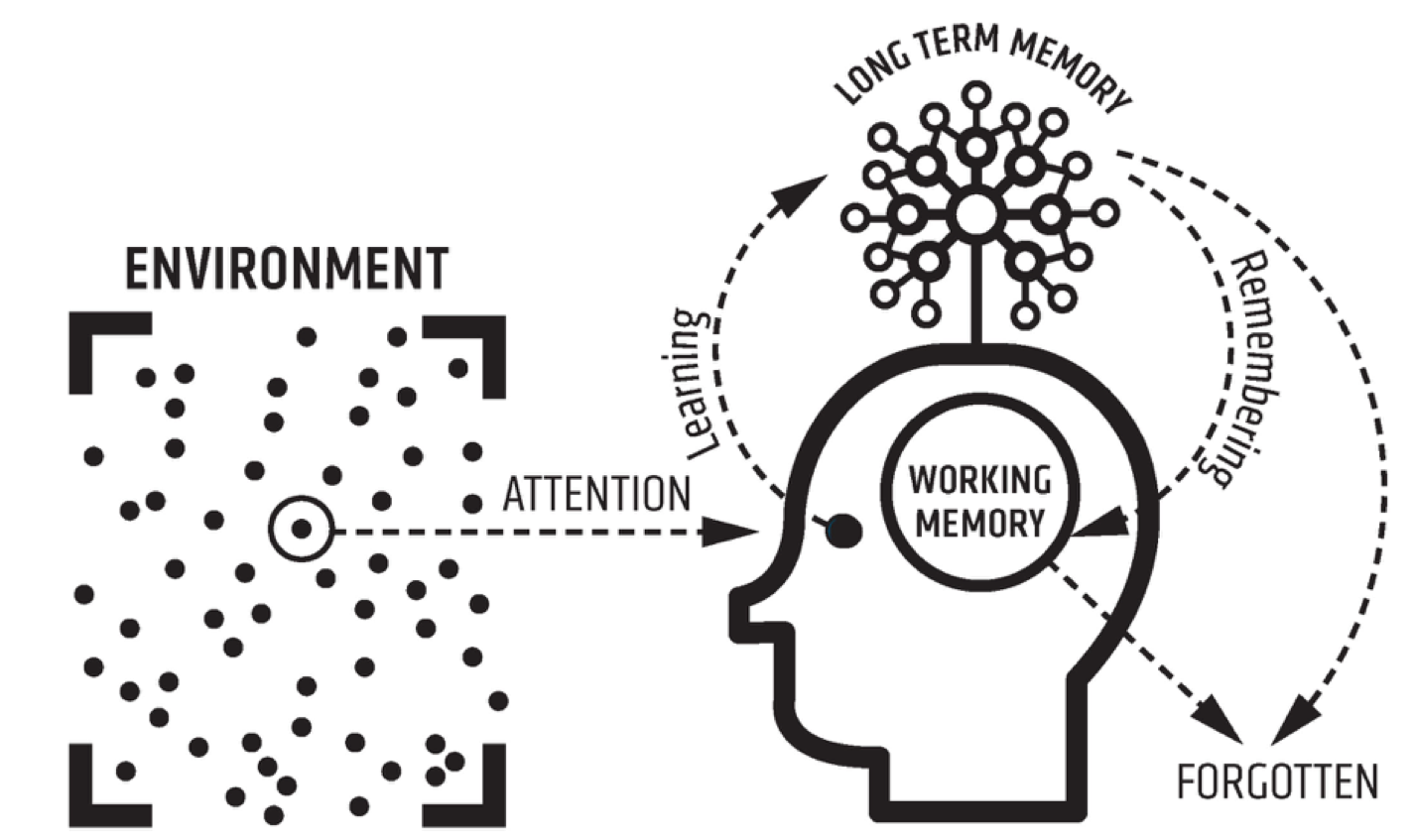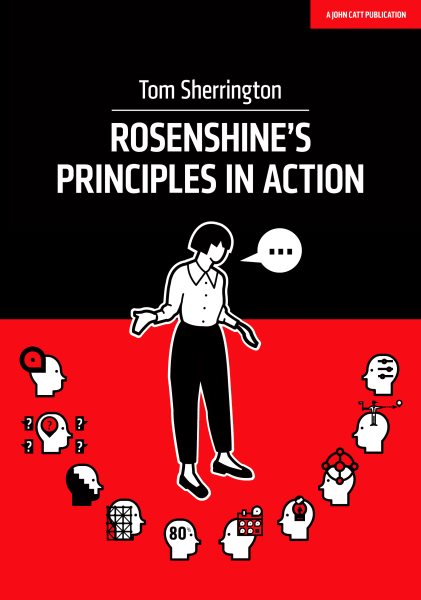Our Pedagogical Identity
At our Academy, we implement the curriculum using direct instruction as our pedagogical approach. Direct instruction has a clear, strong evidence base for effective teaching.
Research in the field of cognitive psychology shows that learning is a change in long-term memory. We know that if nothing has been altered in long-term memory, then nothing has been learned. To store learning in long-term memory, information must go via our working memory which has a limited capacity.
Fortunately, long term memory is not limited and we can store as much learning as we need there. The challenge is moving information to long term memory and storing it there so that it can be used in future through a process of retrieval.
Direct instruction takes into account the limits of working memory and the process of moving learning to long term memory and keeping it there. “Decades of research clearly demonstrates that for novices (pupils learning and rehearsing new material), direct, explicit instruction is more effective and more efficient than partial guidance” (Clark, Kirschner and Sweller, 2012).

We use the ten evidence-based Principles of Direct Instruction (Rosenshine, 2010) that were collated through decades of research. These principles come from three sources: a) research into cognitive science; b) research on master teachers; and c) research on cognitive supports.
The Principles of Direct Instruction used by teachers helps pupils to develop strong, readily available background knowledge. Teachers ensure that pupils efficiently acquire, rehearse and connect background knowledge by providing a good deal of instructional support. Teachers activate pupils’ relevant prior knowledge through regular retrieval practice, teach new material in small amounts, model processes, guide pupil practice to the point of independent practice, ensure a high success rate and provide immediate feedback to help pupils when they make errors.

Teaching using principles of direct instruction leads to pupils experiential, hands on learning through using and applying what they have been taught after, not before, the basic material has been taught. Pupils build schema through carefully sequenced component tasks leading to composite tasks.
The Principles of Direct Instruction are:
- Begin lessons with a short review of relevant prior learning (retrieval practice)
- Present new material in small steps with pupil practice after each step
- Ask a large number of questions to all pupils
- Check for understanding from all pupils
- The teacher directly models the full process, including showing worked examples
- Guide pupil practice under close supervision of the teacher with immediate feedback
- Obtain a high success rate